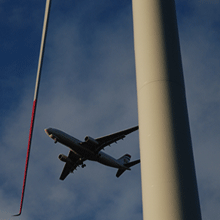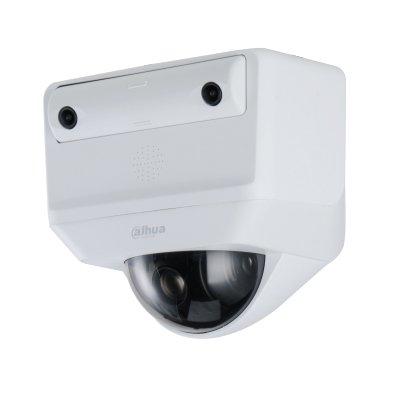 |
| Cassidian's solution eliminates interference caused by wind turbines to air traffic control radars |
Cassidian, the defence and security division of EADS, has developed a technical solution to largely eliminate interference to air traffic control radars caused by wind turbines. This means that the guidance of aircraft in the vicinity of wind parks can be significantly improved, while at the same time making the approval of wind parks easier.
Wind turbines generate radar interference signals, primarily through their rotors, which overlap with the echoes from aircraft, or which can easily be confused with them. Due to this interference, radar systems may no longer detect aircraft, which makes the control of air traffic much more difficult. For this reason, wind turbines may not be installed, or only to a limited extent, in approach control zones, especially in the vicinity of military airports.
As a result of a multi-year research project carried out in cooperation with the German Federal Ministry for the Environment (BMU), Cassidian now has developed a solution in the form of a technical modification for digital air traffic control radars. This solution is based on changes to the radar antenna as well as to the signal and data processing. On the one hand, using a controllable antenna diagram, a large part of the interfering radar echoes from wind turbines can be masked out. On the other hand, using pattern recognition algorithms, the radar system is able to reliably distinguish aircraft echoes from interference signals, even in the immediate vicinity of wind turbines.
The effectiveness of these procedures has been proved in extensive flight tests at Buchel air base in Germany. This new technology will facilitate the extension of wind parks in the vicinity of airports while taking account of flight safety. The detailed results were presented at the beginning of this year and will be made generally accessible by the BMU on the conclusion of the study. It will be possible to use this new technology within a period of two years.


















